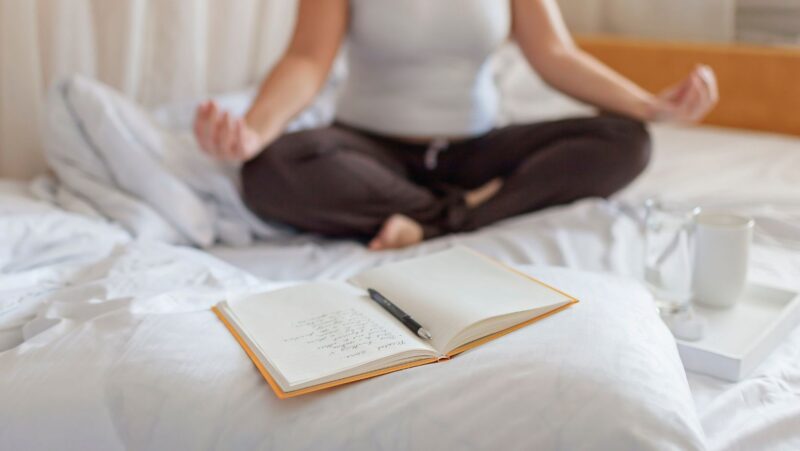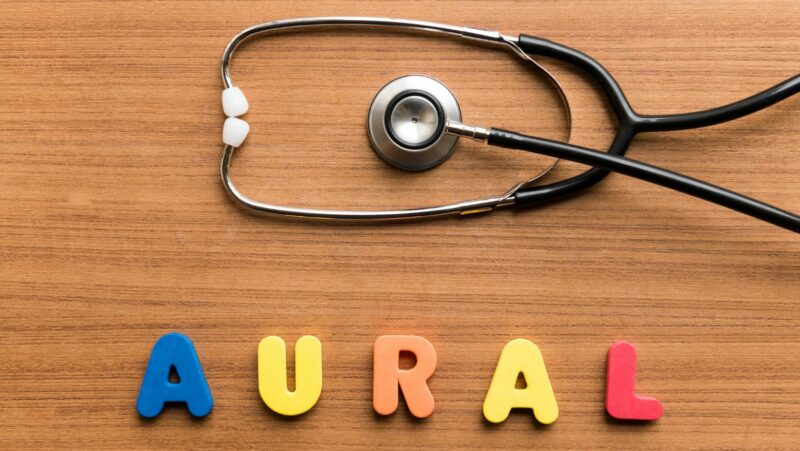
Understanding Body Rehabilitation
Body rehabilitation is a crucial process for individuals recovering from injuries, surgeries, or managing chronic conditions. It involves a series of treatments and exercises aimed at restoring strength, flexibility, and overall mobility. This comprehensive guide delves into the science behind body rehabilitation, offering insights and practical advice for anyone on this journey.
The Role of Professionals in Rehabilitation
Professional guidance is paramount in the rehabilitation process. Specialists like physiotherapists, occupational therapists, and chiropractors play a significant role in designing and overseeing recovery programs. For instance, a physio Eveleigh can offer personalized care, leveraging their expertise to address specific mobility issues and set realistic recovery goals.
Understanding the Rehabilitation Process
Rehabilitation is a phased process. It typically starts with an assessment of the individual’s physical capabilities, followed by the development of a tailored treatment plan. This plan may include a combination of physical therapy, exercises, and sometimes, assistive devices. The goal is to gradually improve function and reduce pain.
Types of Rehabilitation Therapies
Rehabilitation encompasses various therapies, each serving a unique purpose. Physical therapy focuses on movement, strength, and pain management. Occupational therapy helps individuals regain the ability to perform daily activities, while speech therapy assists in recovering communication skills, vital for those who have suffered neurological impairments.
Exercise: The Cornerstone of Rehabilitation
Exercise is a fundamental component of rehabilitation. It helps rebuild strength, enhance flexibility, and improve balance. Therapeutic exercises are often custom-designed to suit individual needs, ensuring they are both effective and safe.
The Importance of Pain Management
Managing pain is a critical aspect of rehabilitation. Techniques like ice therapy, heat treatment, electrical stimulation, and massage can be employed to alleviate pain. It’s important to address pain effectively, as it can significantly impact the recovery process.

Technological Advances in Rehabilitation
The field of rehabilitation has greatly benefited from technological advancements. Tools like virtual reality, biofeedback, and robotic-assisted therapy are increasingly being used to enhance treatment efficacy and engage patients in their recovery journey.
Nutrition and Rehabilitation
Good nutrition plays a vital role in rehabilitation. A balanced diet rich in proteins, vitamins, and minerals is essential for healing tissues and building strength. Hydration is equally important, as it supports overall health and aids in the recovery process.
The Psychological Aspect of Recovery
Rehabilitation is not just physical; it also has a psychological component. Coping with injury or disability can be mentally challenging. Support from therapists, counselors, and peer groups can be invaluable in maintaining a positive mindset throughout the recovery process.
Setting Realistic Goals and Expectations
Setting realistic goals is crucial in rehabilitation. These goals should be specific, measurable, attainable, relevant, and time-bound (SMART). Regular assessments can help track progress and adjust goals as needed.
Involving Family and Caregivers
Involving family members and caregivers in the rehabilitation process can be beneficial. They can offer support during exercises, help in maintaining a conducive environment for recovery, and provide emotional support.

Long-Term Maintenance and Prevention
Post-rehabilitation, maintaining the gains achieved is vital. This may involve continued exercises, regular check-ups, and adopting lifestyle changes to prevent future injuries or complications.
Embracing the Journey to Recovery
Rehabilitation is a journey that requires patience, dedication, and the right support. By understanding the science behind body rehabilitation and actively participating in the recovery process, individuals can achieve the best possible outcomes. Remember, every step taken towards rehabilitation is a stride towards regaining independence and improving quality of life.










